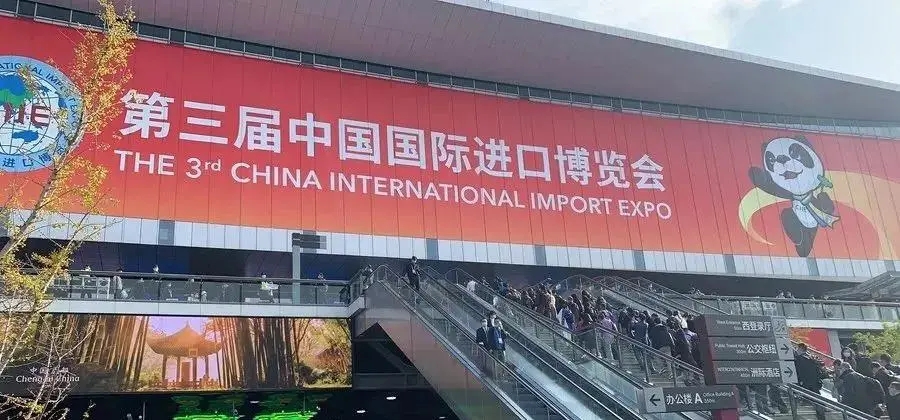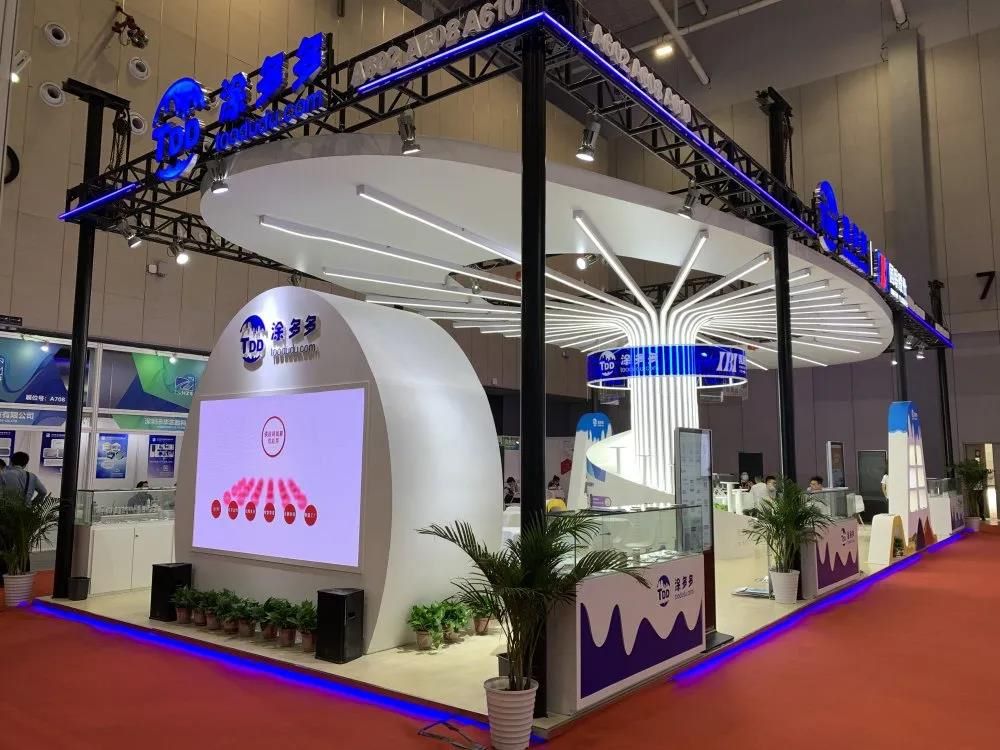Winner in the tariff storm: Goodyear
The huge potential of the US tire market
In the fierce competition of the global tire industry, the US market has always occupied a pivotal position and is the world's largest tire market. Relevant data show that the shipment of US tires is expected to exceed 340 million in 2025.
Behind this huge number is the result of the continued growth of car ownership, the strong demand for replacement tires and the continuous development of the automobile manufacturing industry.
Opportunities and challenges brought by tariff policies
However, the current US tariff policy is like a high-hanging dark cloud, full of uncertainty. For many tire companies, this is undoubtedly a double-edged sword, bringing huge challenges and opportunities.
If high tariffs are imposed on imported tires, the production costs of tire companies that rely heavily on imported raw materials or overseas production bases will soar, and their profit margins will be ruthlessly compressed. However, tire companies with factories in the United States can get a relative "safe haven" in this tariff storm, and Goodyear is a typical representative of them.
Goodyear's production capacity layout advantage
As a leader in the domestic tire industry in the United States, Goodyear has built a large and stable production system after more than a hundred years of development and precipitation since its establishment in 1898. In the United States, Goodyear has at least 8 tire factories, which are distributed throughout the United States, forming a strong local production network.
For example, its factory in Ohio, as the birthplace of the company, not only has a profound historical heritage, but also has advanced production processes and technologies, and is the core force in Goodyear's production system. In addition, Goodyear has also deployed factories in Mexico and Canada.
The factories in these surrounding areas cooperate with local factories in the United States, further enhancing its production capacity advantage in the US market. According to statistics, Goodyear's production capacity in the United States and its surrounding areas has reached nearly 100 million, which gives it a great advantage in dealing with tariff uncertainties.
Capacity advantage converted into competitive advantage
When tariff policies tend to protect local enterprises, Goodyear's local production capacity advantage can be fully utilized. On the one hand, the tires it produces can be directly supplied to the US market, avoiding the cost increase caused by import tariffs, making them more competitive in price.
On the other hand, stable production capacity can ensure its timely response to market demand and will not cause insufficient supply due to obstruction of external supply chain.
In contrast, many overseas tire companies may face problems such as rising costs and unstable supply due to tariff issues. Goodyear can stand out in the market competition with its own production capacity layout and become the big winner under the tariff policy.
Against the backdrop of the booming US tire market and uncertain tariff policies, Goodyear has occupied an extremely advantageous competitive position with its strong production capacity layout in the United States and surrounding areas.
This not only makes it expected to share a share of the wave of growth in shipments in the US tire market in 2025, but is also likely to achieve a double increase in its market share and profits amid the changing tariff situation, and continue to consolidate its leading position in the global tire industry.











